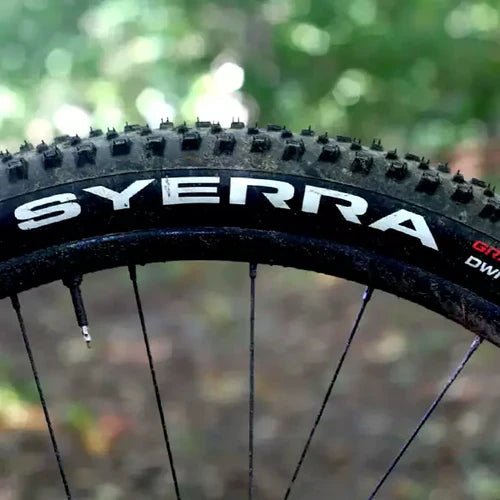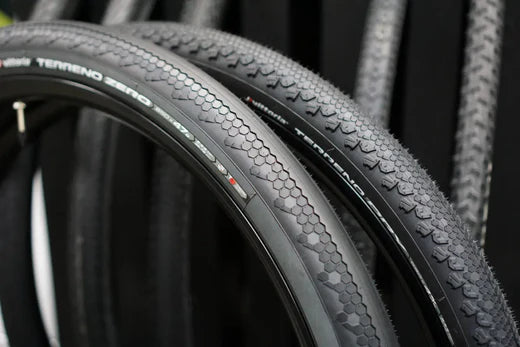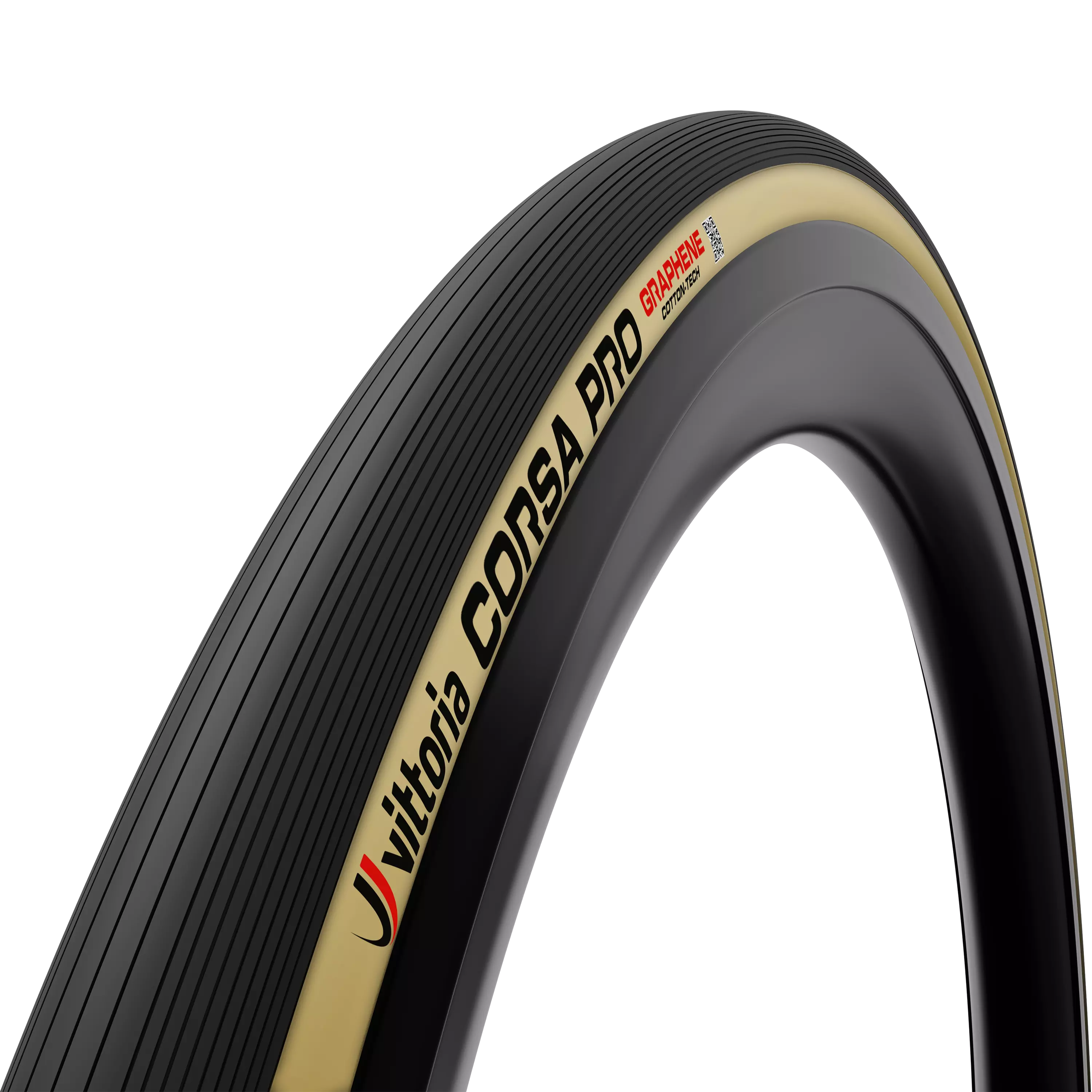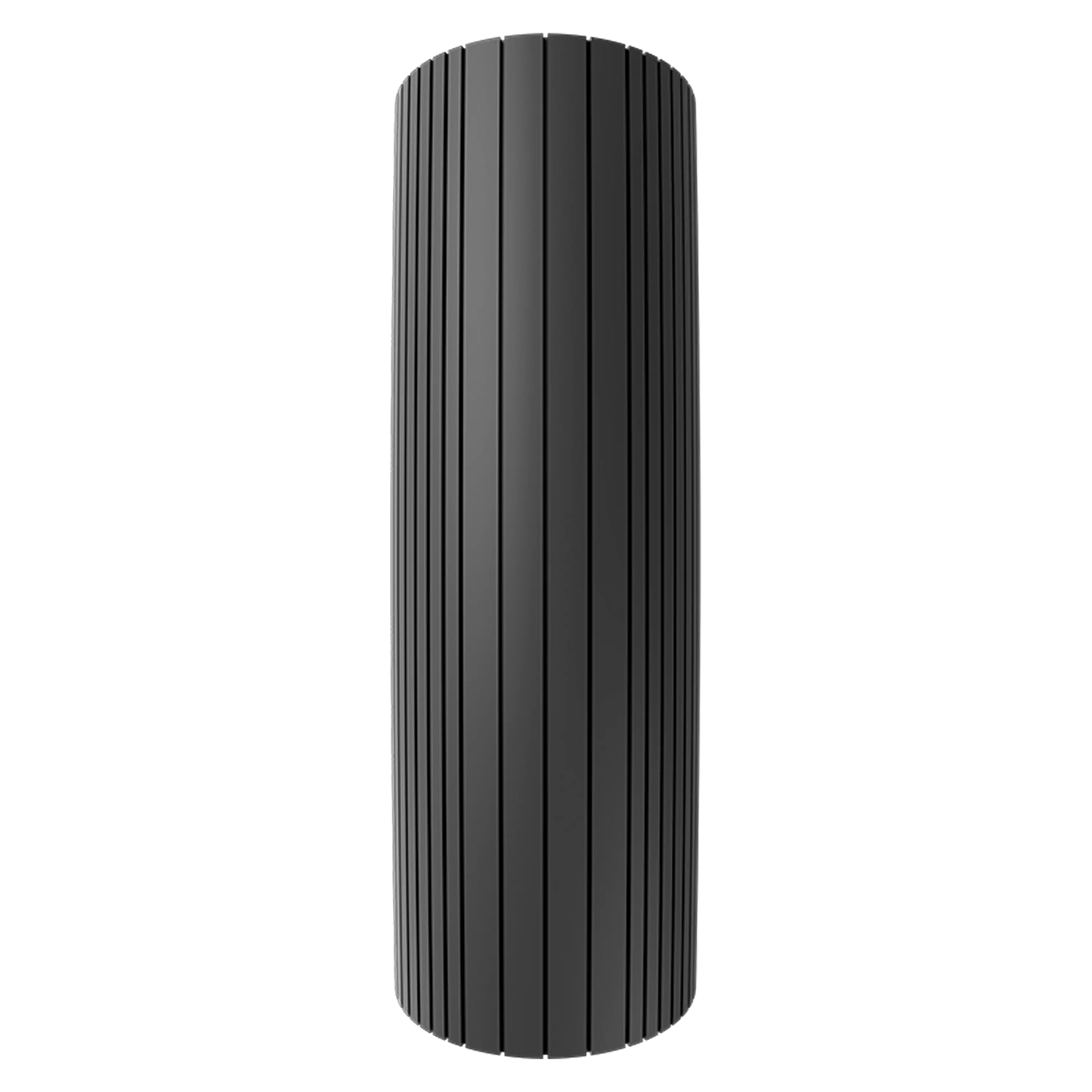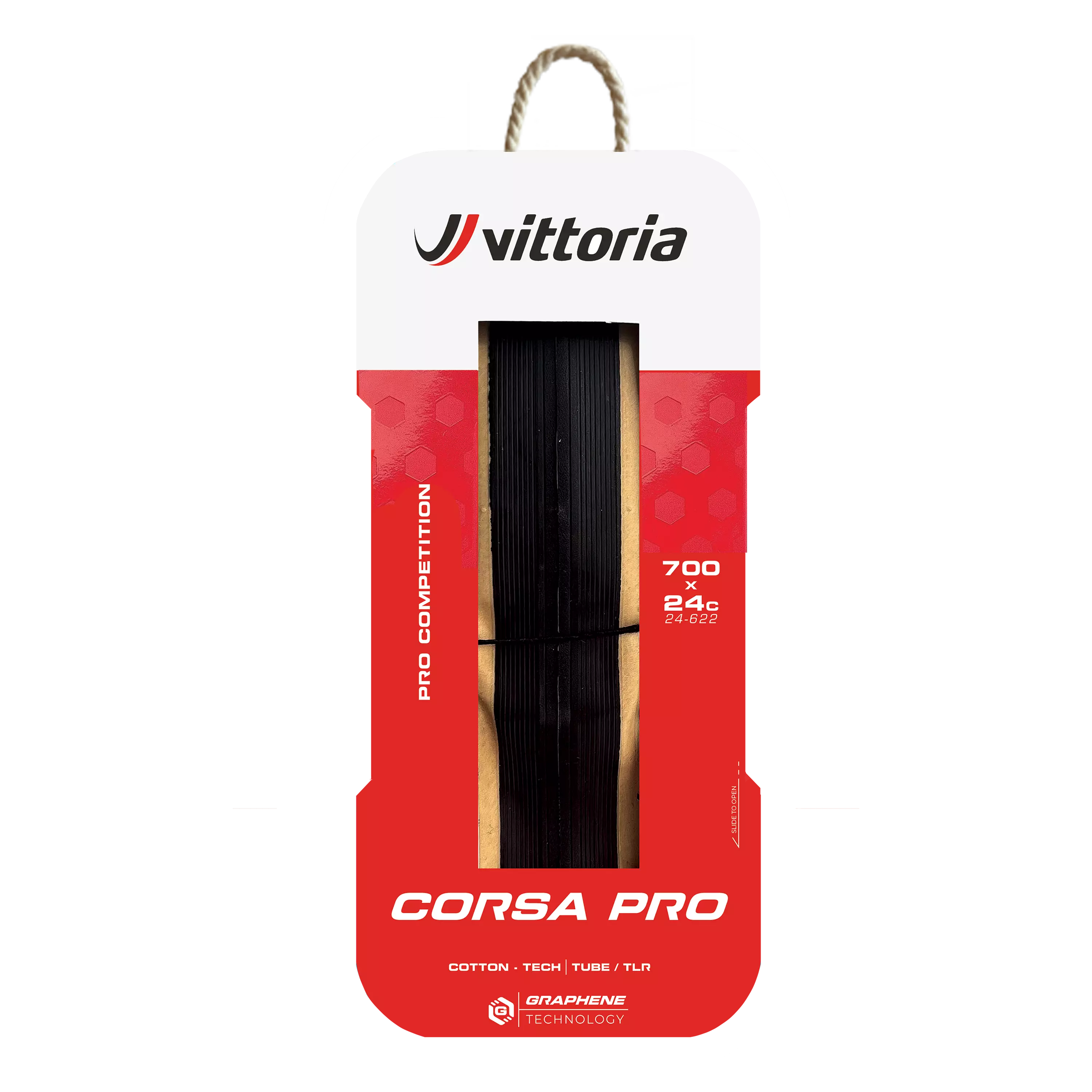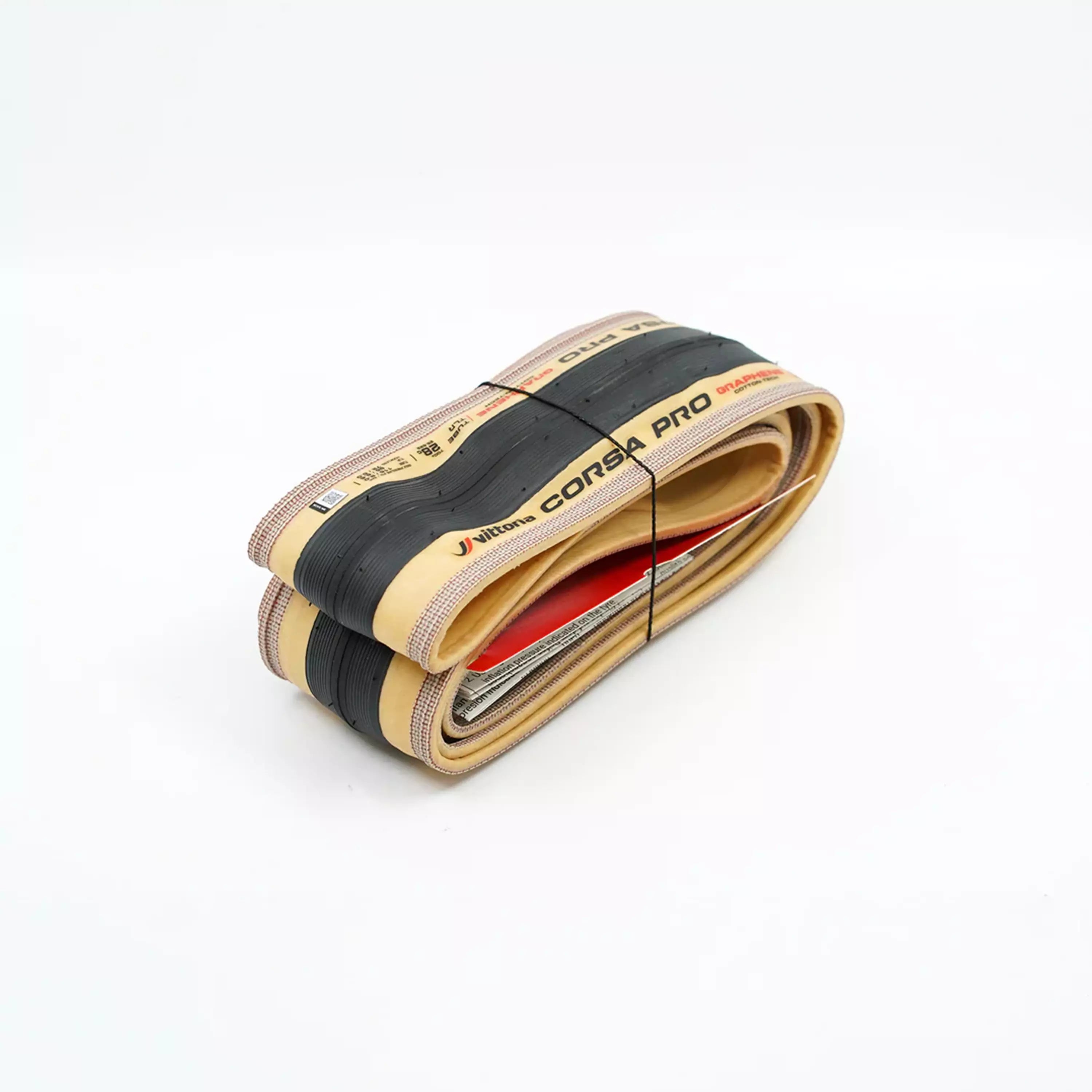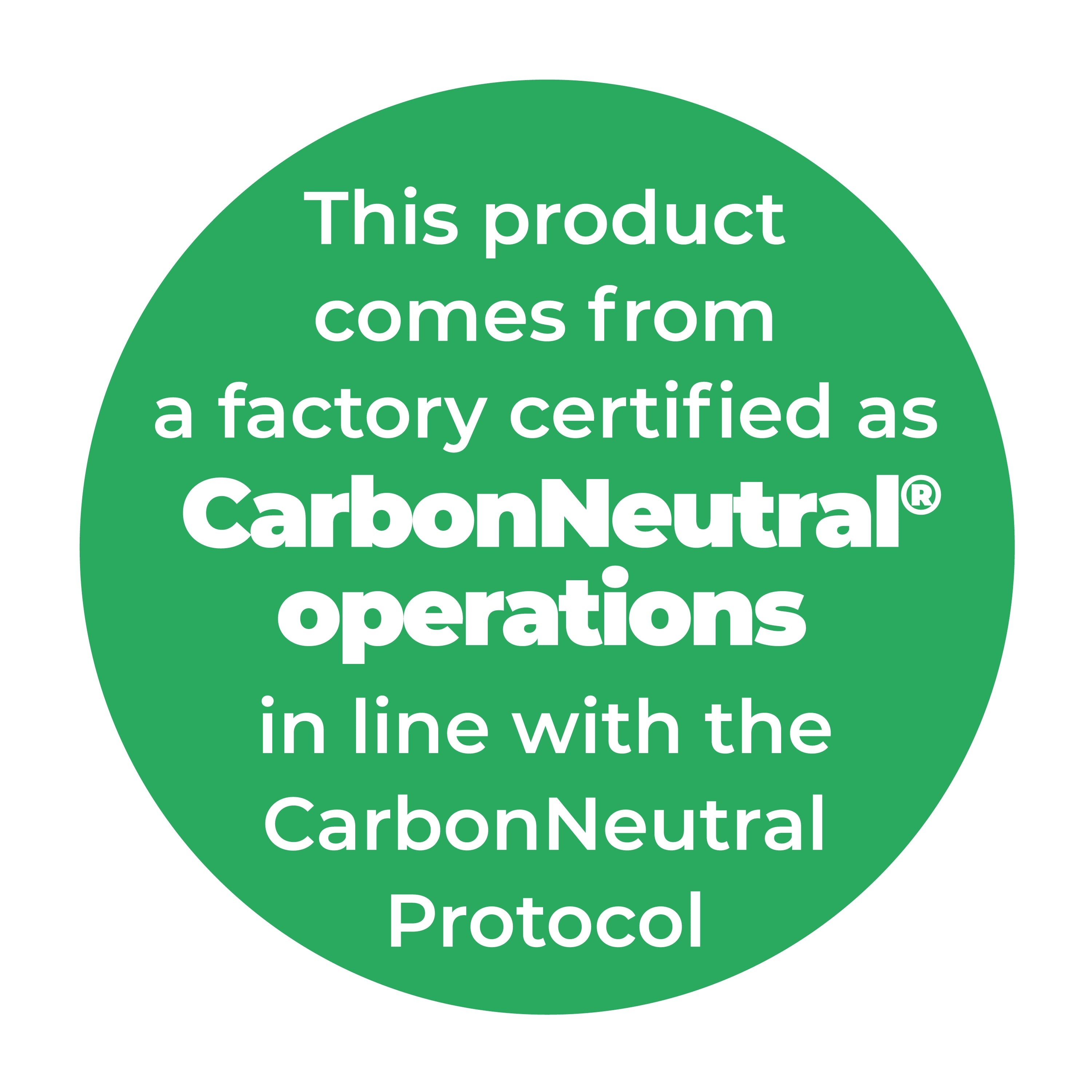Compared to
butyl and
latex, TPU is a relatively new material in the inner tube world, and recent years has come into favor with performance minded cyclist. The reasons are many, but chief among them is the impressive reduction in weight and rolling resistance, while at the same time increasing puncture protection. This pattern of ideal traits is common between all three tube types, however the use of TPU material allows for considerably increased levels of each, especially when compared to a standard butyl inner tube.
Extreme elasticity and air retention
However, for TPU inner tubes, this is merely the beginning of the story. TPU takes the conceptual momentum that latex exhibited by improving performance through elasticity, and brings it to new levels. In fact, the highly elastic TPU material raises performance to levels previously unreached with either butyl or latex, while returning a further reduction in punctures, all while also increasing air retention. It’s also worth noting, that these metrics further increase the lower the pressure is used, as the tire system as a whole experiences increased deformation. In other words, TPU not only improves upon the performance of latex, but also cures the main set-back, by providing a system which is less susceptible to lose air over long periods of time.
Easily repairable and recyclable
Aside from performance and convenience, TPU inner tubes also take a step toward improving the lifecycle effects of the product. While TPU is not natural in origin like latex, TPU inner tubes have the ability to reduce environmental impact during manufacturing through a reduction of raw material, and increase sustainability at end-of-life as they can be recycled for other uses. This means that in practice, potentially less resources are required to produce each tube, and afterwards the TPU option allows for future advantages in the quest for sustainable inner tube solutions, bringing the evolution of benefits full circle, and into the modern era. Similar to both butyl and latex tubes, TPU tubes can also be patched, but will require a specific patch kit to do so. All said, this is a relatively minor inconvenience if you are purchasing a patch kit anyway, but worth pointing out to be fair.
TPU inner tubes vs Latex and Butyl inner tubes
When comparing the key use for each of the three materials, (butyl, latex, and TPU), all three deliver a means to hold air in a pneumatic tire system. All three can be patched, and exhibit essentially the same level of difficulty when installing. The TPU option provides a clear benefit on all performance metrics, which returning little comparative downside. Yes, these benefits do come at a cost increase per tube, however the argument could be made that this is still a relatively low cost way to decrease rotating weight, and is a good value especially for the increase in performance when compared to other equipment upgrades. The dollar spent per Watt saved in rolling resistance is nearly impossible to beat when upgrading to TPU tubes, especially when compared to butyl alternatives.
As bicycles have evolved into lighter and more efficient machines over time, TPU inner tubes represent a similar trajectory with regard to pneumatic tires. In the end, if you are a rider who seeks the ultimate in performance, and appreciates the simplicity and hassle free installation and maintenance of a tube-type system, then TPU inner tubes are likely the right fit for you.
These traits make the use case for TPU tubes at the upper end of the performance range attractive across all disciplines. In road use, the reduction in rotating weight and rolling resistance will be of highest interest. For gravel and MTB use, the low weight and impressive durability will likely be the top factors. Even the most die-hard tubeless rider will still have a place for a TPU tube in their kit as a spare, due to this option taking up the smallest volume (and again, lowest weight) within their pack.



